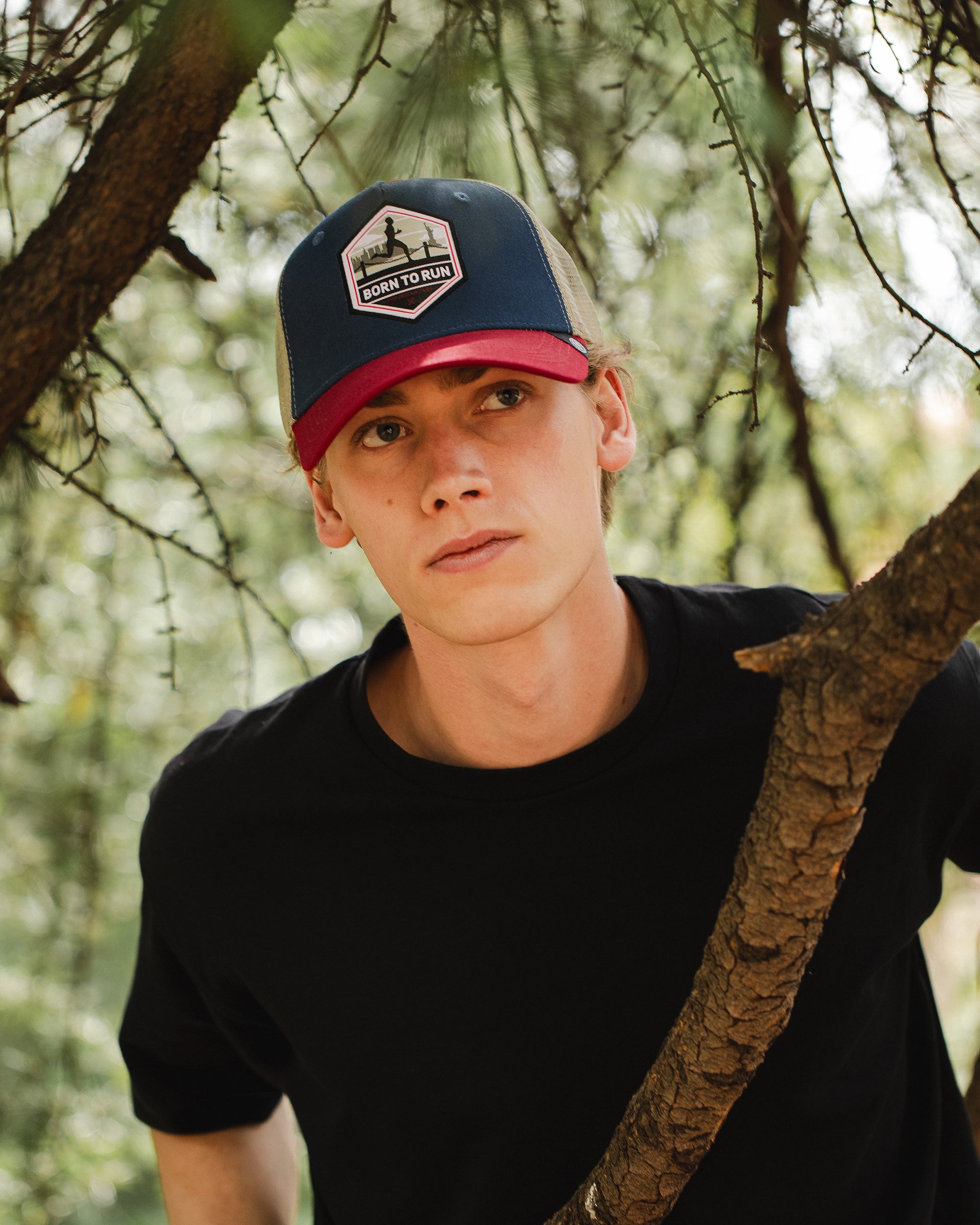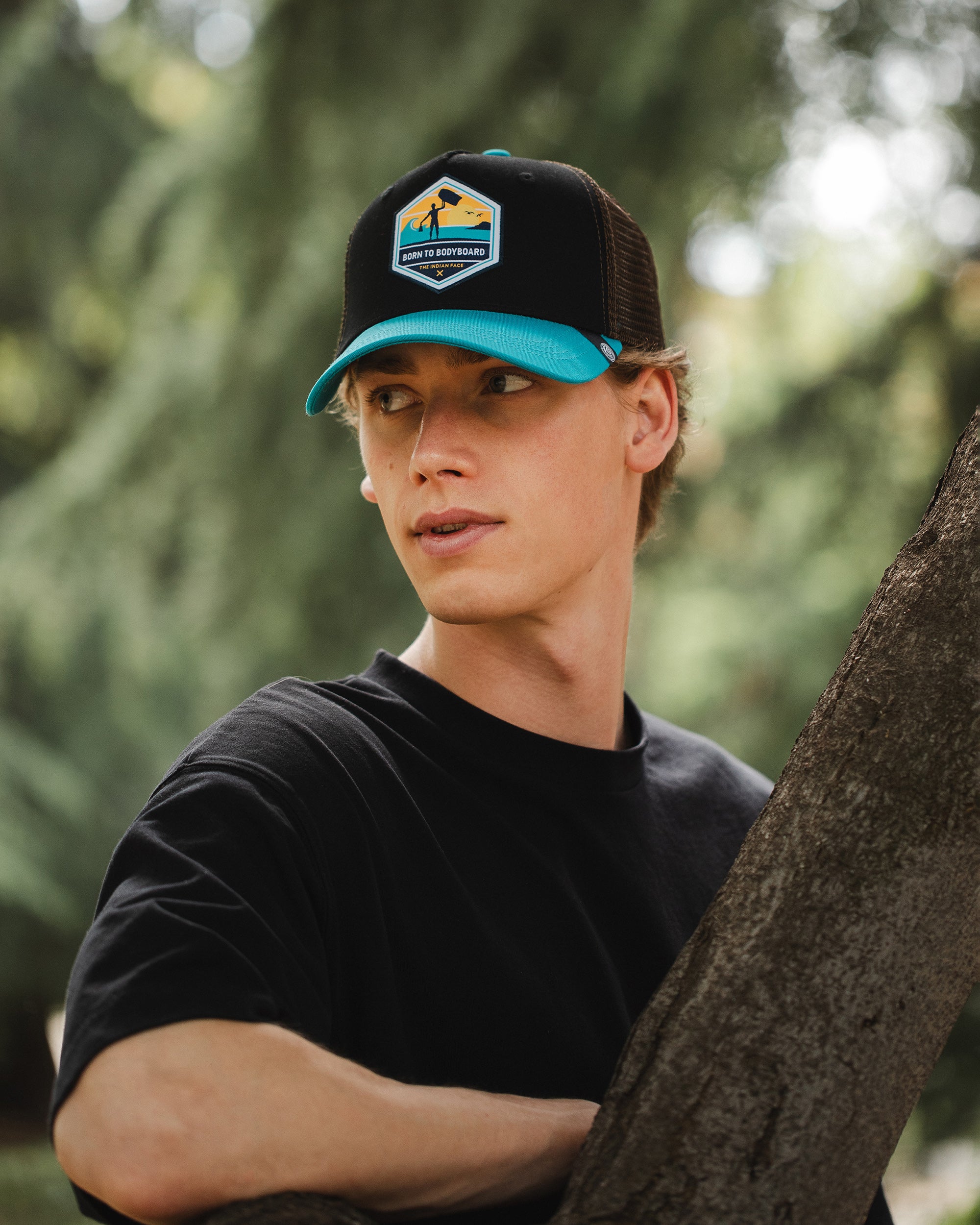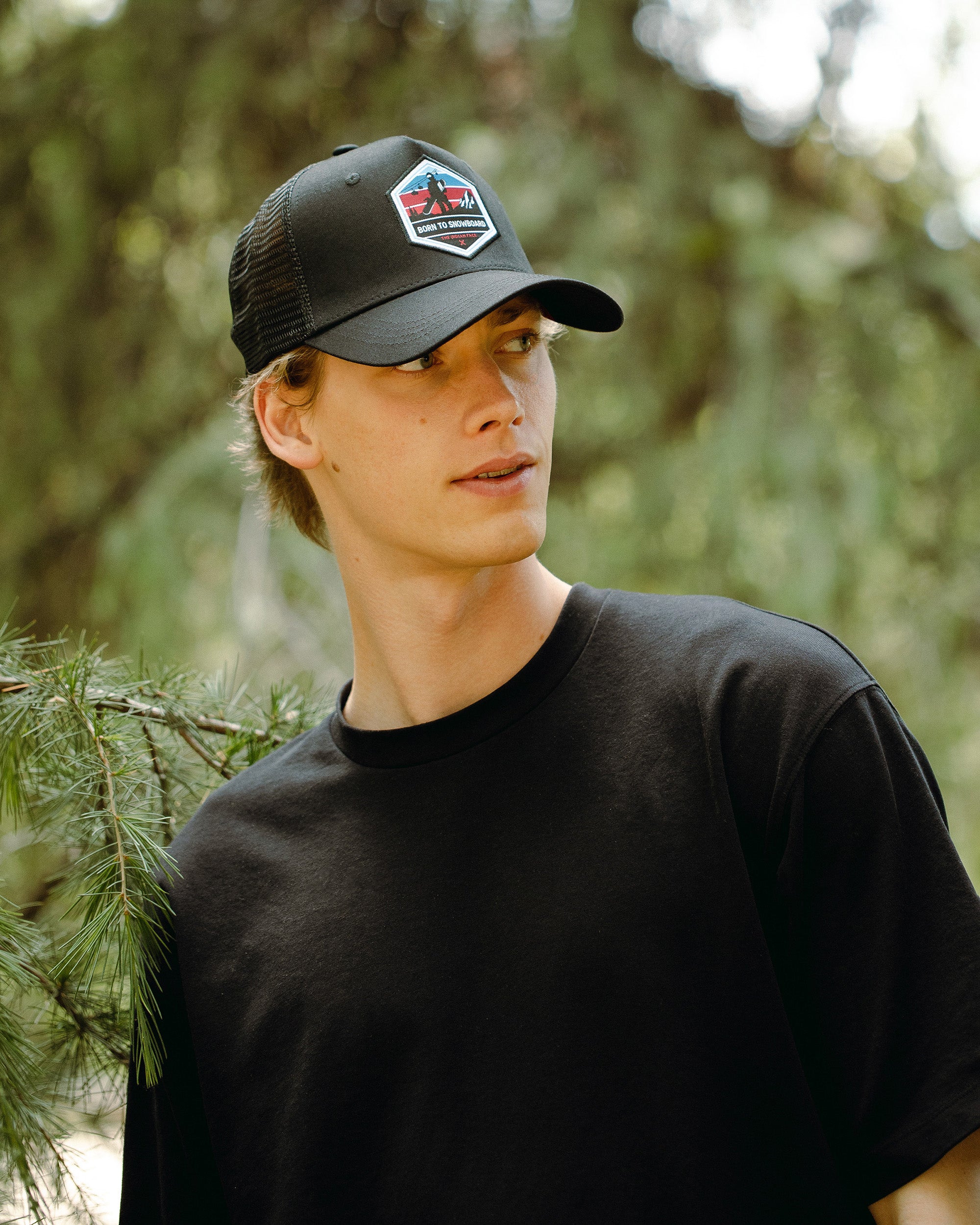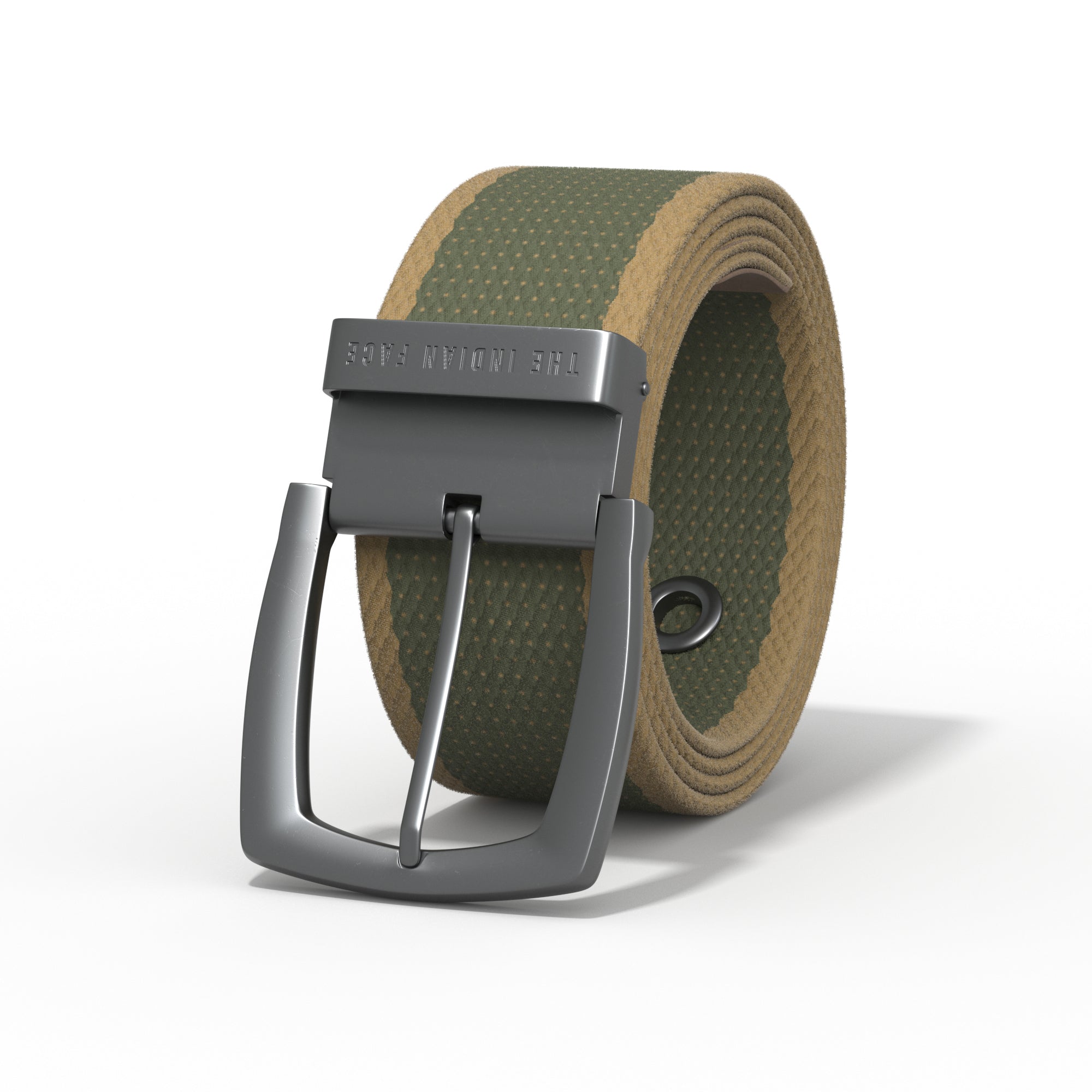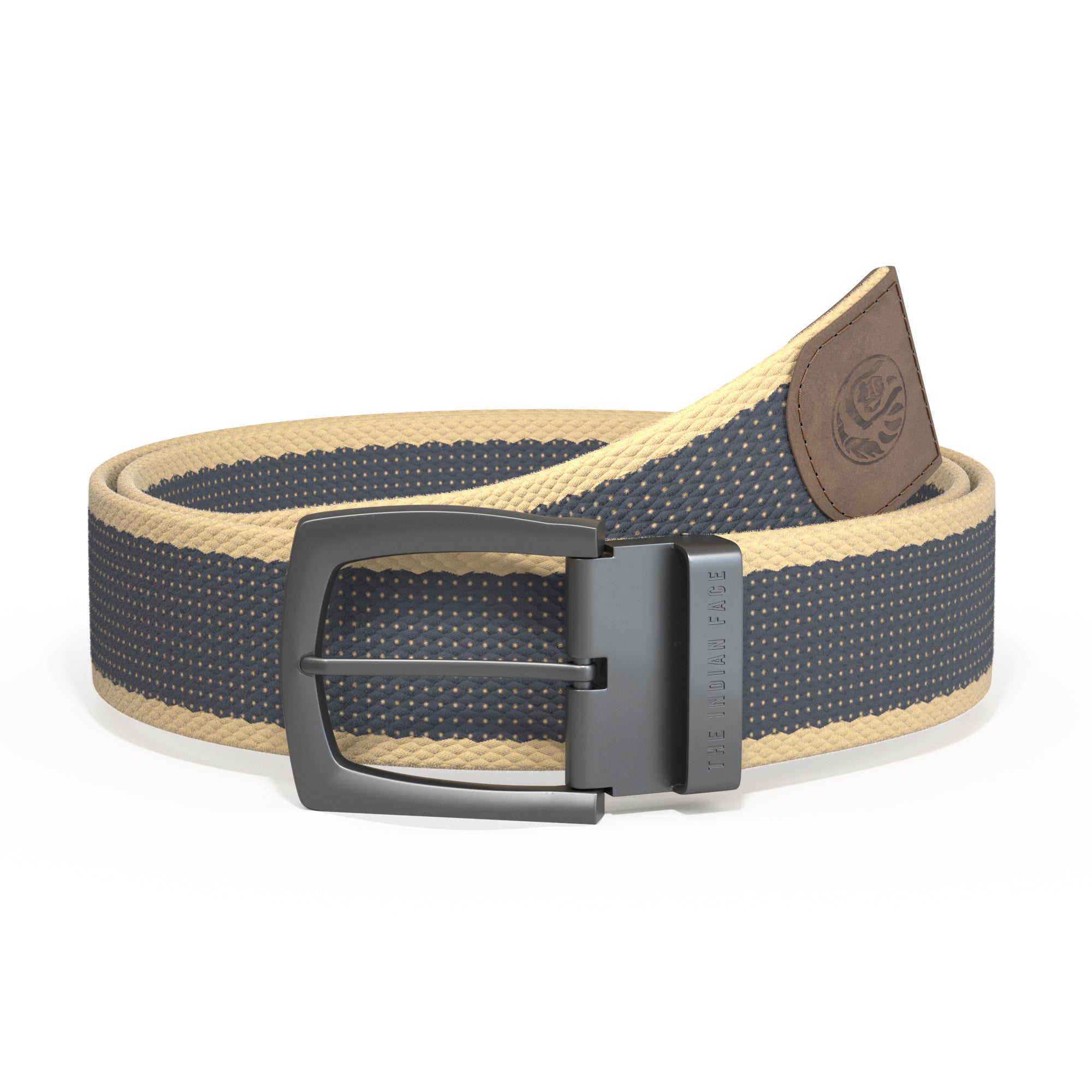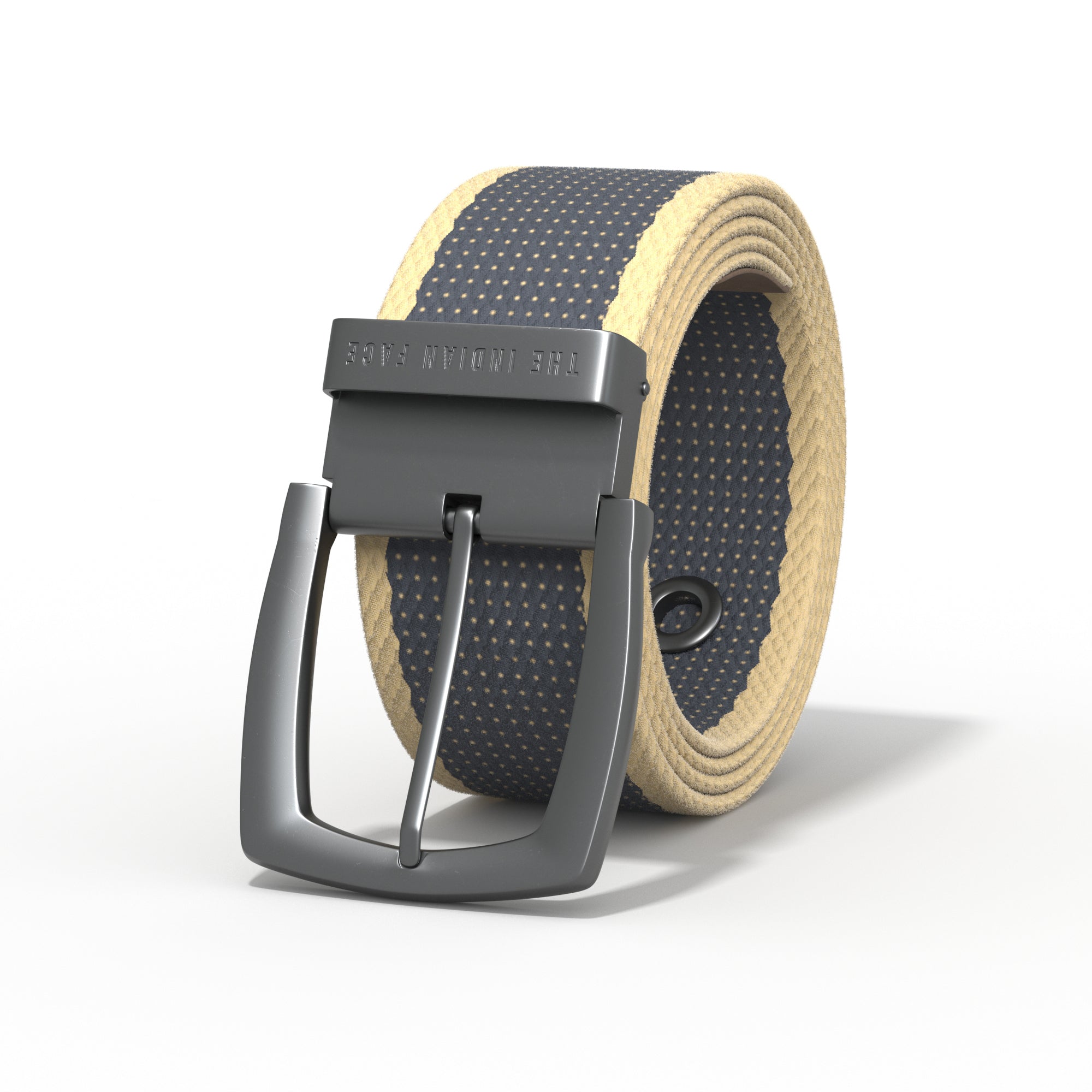We have all heard of great and famous explorers of unknown places on Earth like Columbus, Marco Polo, Neil Armstrong, Amelia Earhart etc. But the world It has always been packed of people thirsty to know more, to go further, of not putting limits on curiosity and their desire to not leave this world without explore the unexplored.
In this post we show you 10 of the greatest adventurers, their expeditions and the contributions they have left to humanity and the Earth.
MAY FRENCH SHELDON

With the aim of proving that women could also be explorers, May French Sheldon managed to organize an expedition to Kilimanjaro, where, with her imperturbable and resolute, but sensitive personality, she won the affection and respect of her companions and the trust of the tribes she met. She is known, with good reason, as the “White Queen of Kilimanjaro”.
Born in 1847, in Pennsylvania. Her mother was a medical student and her father owned numerous plantations. In 1891 she decided to leave everything behind to discover Mombasa, followed by a team of 150 people who decided to accompany her.
May's luggage, in addition to incorporating the essential material for an expedition of that magnitude, also included a series of luxury items such as a zinc bathtub, sheets, porcelain cutlery and a large wardrobe, which could be interpreted as an intention of the woman for travel It was really convenient, but in reality, it was part of a strategy that she would employ when establishing contact with the tribes. She preferred to act as a hostess or a grateful foreigner, rather than doing it with violence. Thus, the tableware was used to offer a good banquet to the natives, and the rest of the objects became gifts of all kinds that she gave to the natives of the lands she visited.
After many nights of camping and contact with the peoples of the region, the White Queen found herself north of Kilimanjaro, in the region of the Masai. In 1982, she published a book of memoirs called “From Sultan to Sultan” where she recounted in detail her experiences, emotions and the beauty of the African landscape.
When she returned, May was made a member of the Royal Geographical Society of Great Britain and of several anthropological associations. Once again, from the warmth of her home, she could breathe easy, because after so many adventures she had shown the world that, with will and tenacity, women were more than capable of doing the same as men.
MARY KINGSLEY

The story of this fearless woman begins with a trip to Africa accompanied by a tea bag, a toothbrush and a comb; and we say that her story begins with the trip because, before that, Kingsley's life was based on trying to understand why her brother could study a university degree at Cambridge, while she limited herself to studying German to translate the articles her father wrote.
Fortunately or unfortunately, Mary's luck changed when she was not yet 30 years old, and both of her parents died. She then realized that it would be a few months before someone would take care of her again, and she felt, for the first time in her life, free. She decided that it was time to consider traveling.
In her imagination, she had seen the African continent as a very attractive destination, but in 1893 it was quite difficult for a woman to travel alone to Africa. Despite the criticism and limitations, Mary managed to board a ship in Liverpool bound for Sierra Leone.He then explored the coast of the Gulf of Guinea as far as Luanda, Angola, and then into Nigeria.
The aim of her expeditions was to learn about and integrate into the customs of the local peoples. In addition, her scientific work was focused on participatory observation, which involved living with the tribes. Mary is one of the pioneers of cultural anthropology and one of the first ethnographers to develop authentic field work.
One of the events that show us the character and daring of the explorer was when she managed to escape from a confrontation with a leopard by hitting it with a jug of water.
ROALD AMUNDSEN

Leading the expedition that reached the South Pole for the first time in history is a very valid reason to say that an explorer has transformed the world. Roald Amundsen's career was full of adventures and exploits, but without a doubt, this was the most important of his life. This Norwegian man always had his goals clear, and he achieved them; he was the first to reach the South Pole, and the first to fly over the North Pole.
Tenacious and visionary, Amundsen was born in 1872 in Norway, into a family of sailors and fishermen who He dreamed of following in the footsteps of Fridtjof Nansen, a compatriot who crossed Greenland when he was young.
When both of their When his parents died, Roald decided to abandon his medical studies and instead board a ship dedicated to seal fishing. His experience on this and the subsequent ships he boarded allowed him to join an expedition to the Antarctica, which ended up becoming the first march to experience an Antarctic winter in history.
After overcoming this experience and returning home, Admundsen's mind began to outline a very clear objective: to check if there was a passage that connected the Atlantic and Pacific oceans at their northern border; and thus discover the Northwest Passage.
He decides to buy a small seal fishing boat and, in 1903, He sets out to sea with six companions in search of his life's goal. During the journey, the ship ran aground in the Ross Strait and the crew had to spend the winter on King William Island, where they fraternized with the Eskimos and observed how they lived in that environment. discoveries what they were doing in King William was so stimulating that When summer came, the expeditionaries decided to stay on the island for another year. Finally, the August 13, 1905 resume a difficult navigation between Victoria Island and the Continent. On August 27 they found a whaler from San Francisco, arriving from the west. They had accomplished their mission.
Although this was the explorer's most acclaimed achievement, there were many more; he wanted to reach, and did reach, the South Pole, he learned to fly by participating in the first overflight of the North Pole, and in his repeat experience he crashed into the ice. His body was never found.
HENRY MORTON STANLEY AND DAVID LINVINGSTONE

“Dr. Livingstone, I presume?” This is the legendary phrase that has remained from the most famous reunion in history. On November 10, 1871, Henry Stanley found the explorer David Livingstone in a remote village near Lake Tanganyika, after almost a year of searching. Livingstone had not given any sign of life for two years and had been wandering around the interior of the continent for more than six years.
Livingstone first set foot in Africa with the London Missionary Society with the intention of bringing the word of God to the southern regions, but his travels and experiences were forging in him a spirit of explorer that he could not refuse to live. Thanks to following his instinct, Livingstone travelled where no foreigner had travelled before, which allowed him to make discoveries such as Lake Ngami, which earned him the Royal Geographical Society medal, or giving its name to Victoria Falls. He crossed Africa from Luanda to Mozambique and became a born student of the river systems of the great central African basin.
Stanley, on the other hand, far from being an intrepid explorer, earned his living as a journalist and the newspaper New York Herald, offered him $20,000 to find, find and return to report it, to the most famous explorer of the 19th century: the Dr. Livingstone.
When Stanley He found it, he stayed five months with During that time, the journalist accompanied the doctor on his expeditions and adventures. Stanley proposed to Livingstone to return with him, but Livingstone flatly refused. In March 1872, they both said goodbye, never to see each other again. The doctor died the following year in a small village on Lake Bangweulu, Zambia.
ALEXANDRA DAVID NEEL

The first Western woman to set foot in Tibet, more specifically in the city of Lhasa, the country's capital, where entry was strictly forbidden to all foreigners.
This French-born woman, writer, thinker and adventurer was born in 1868 in the heart of the European high society of the time. Although her mother gave her an education based on faith, religion and appearances, her father showed her the revolutionary and real side of life, transmitting to her values such as ambition, curiosity and nonconformity. Thus, before she was 25, the young woman had already visited India and Tunisia, and travelled around parts of Spain on a bicycle. She managed to do all this alone, without companions. Her life consisted of a succession of trips, experiences, learning and adventures, but her main objective was still to cross the capital of Tibet and whenever she tried she ended up being arrested and deported. In the end, in order to gain access to the city, Alexandra came up with a plan. She and her adventure partner disguised themselves as beggars and, in the exact words of David Neel, this is what happened: "We told everyone that we were going to look for medicinal herbs. Yongden pretended to be my son.. We decided to travel at night and rest during the day. To travel like ghosts, invisible to the eyes of others." When they reached the entrance to the city, a sandstorm helped them go unnoticed. After four months and two thousand kilometers on foot through the Himalayas, Alexandra achieved her goal.
EILEEN COLLINS

"We feel the same fascination for space as men do.", And it will become easier and easier because prejudices and barriers are finally falling."
Eileen Collins changed the history of space aviation on July 20, 1999, the day she became the first woman in history to command a space shuttle. She is known as “the rocket woman” and it is no wonder, since, in addition to piloting the shuttle, she was the first commander of a special mission and participated in four space flights.
Her career is, to say the least, remarkable, starting with the fact that she was born into a humble family that could not easily afford to pay for her university studies; however, the pilot managed to study and graduate in Science and Mathematics in 1976 and, later, in 1979 she graduated in Mathematics and Economics. She was the only woman in her class. That same year (1979) she was also a member of the Ninety-Nines, a group of women who were pioneers in the vindication of the rights of female aviators. The following year she obtained her pilot's license at an air base in Oklahoma.
After two years at the Air Force Academy, she gained a reputation as a good pilot, and a year later she passed the tests to become an astronaut. Her position at the head of a space flight in 1995 would make her a great professional, which would later help NASA decide that she would be the one to command, for the first time in its history, a shuttle.
Michael Fay

In 1999, J. Michael Fay set out on foot on a journey that began in the Republic of the Congo and ended 456 days later on the coast of Gabon. The explorer wore open-toed sandals throughout the journey, and never replaced them with other footwear. The flesh protruding from the sandal meant that by the eleventh day of the journey, Fay's feet were riddled with maggots that had begun to rot his toes.
The journey spanned 3,200 kilometers. Fay collected a huge amount of data, and was confident that his trip, sponsored by the Wildlife Conservation Society and the National Geographic Society, to bring attention to the last pristine forest in central Africa. And he succeeded. The Gabonese government, moved by Fay's feat and courage, turned an area of 28,500 square kilometers into a system of 13 national parks.
Fray made a huge contribution to transforming large-scale conservation on the continent for the better.
NIRMAL PURJA

What stands out most about this Nepalese mountaineer is the criticism he has received for his technique and the resources he has used to become the fastest person to summit the highest mountains on the planet. However, no one can deny his achievements: it took him less than a year to summit 14 eight-thousanders.
Far from a life of comfort or economic stability, the Nepalese man attended school and combined his classes and homework with several jobs to help at home. Surrounded by a large family and all kinds of deprivation, he emerged from childhood as a Gurkha soldier in the British infantry, where he remained for 16 years. He left everything behind to become a mountaineer.
Nirmal Purja not only became a mountaineer, but also set himself a project called “Project Possible 14/7” which consisted of climbing the 14 peaks over 8,000 metres in seven months. He started on 23 April in Nepal, when he conquered Annapurna, 8,091 metres high. In 2019, he climbed the 14 eight-thousanders in the fastest way possible. Until then, the record was seven years, 10 months and six days. The Nepalese achieved it in six months and six days.
“If I wanted to break a record I could have said, ‘I’ll do it in seven years’ but it wasn’t about being better. I wanted to show the world what was possible on a human level if you put your mind, heart and soul into it. I wanted to pay tribute to Nepalese climbers. For the last 100 years we have been in the background. The eight-thousanders are our terrain.“I felt like I had to do something and that’s what gave me energy.”
VICTOR VESCOVO

Travelling (almost) to the centre of the Earth is no longer just the stuff of Jules Verne's books: in 2019, a team of four people, led by Victor Vescovo, submerged beneath the waters of the Pacific to reach the most remote point ever reached by anyone. They did not go any further down, not because of technological limitations, but because they reached the deepest point in the planet's ocean waters.
Although Vescovo considers himself a sporty person, connected to nature and fond of adventure, he took a path in his life that was far from dedication to exploration, since he is a businessman and investor. However, his great love for the ocean has encouraged him to break the record for diving aboard a submersible. deeper, located specifically in the Mariana Trench.
The team, led by Vescovo and three others, descended almost 11 km below the surface, at a depth of 10,928 metres to be exact. From the moment they entered the water until they saw the light of the sky again, 12 hours passed. 4 hours down, 4 hours up, and the rest was spent living the experience of visiting what no one has ever visited before, and seeing for the first time, surrounded by darkness and silence, what the icy waters of the Pacific hide.
“70% of the Earth is underwater, and most of it is at a depth of more than 4,000 metres. It is a hostile environment. That is why we built this submarine, to start scratching the surface of the earth.” (Victor Vescovo)
The discoveries made as a result of this adventure were, to say the least, interesting: on the one hand, three new aquatic species were found. In addition, some fish were discovered that had never been seen in the depths of the Challenger Deep.
But the expedition also had its bitter side, because the most interesting and chilling part of the trip, far from the euphoria of discovering that there are still species and animals that we don't know about, is that 11 kilometers from the surface, something very familiar to us was found: an impressive and alarming amount of plastic. It is sad that before we do, the consequences of our worst version will reach the bottom of the sea.
SYLVIA EARLE

This oceanographer is recognized as a “Hero of the Planet” by Time magazine, and it is not surprising, in 1980, she descended 381 meters deep in what was the deepest dive performed on freediving when she walked on the seabed of Oahu in a pressurized suit called Jim.
The Heroine Sylvia Earle was born in New Jersey in 1935 and at the age of 12 she moved with her family to Florida to live in a house by the sea, which would mark her life from then on. The fauna and flora that came to the coast caught her attention until, at the age of 17, she made her first scuba dive and was able to see the sea from within. Oceanographer Sylvia Earle is over 80 years old and has spent more than 7,000 hours underwater.
It was the The first female chief scientist at the National Oceanic and Atmospheric Administration, and while still a student, she was one of the first marine scientists to use scuba gear in her work. And that's just a small part of this ocean explorer's record: she led the first team of female aquanauts to live for two weeks in an underwater habitat.
“As I step onto the ocean floor, I know I am entering terrain similar in some ways to a lunar landscape,” Sylvia wrote in National Geographic. “Both have a charmingly similar appearance and both have been inaccessible and unexplored until relatively recently”.
As you have seen, not everything is yet discovered, you can always fly a little higher, fly a little deeper or take a little more risk. We hope that the exploits of these 10 explorers will inspire you to enter the world of adventure and leave your mark in some inhospitable corner of the planet!


















